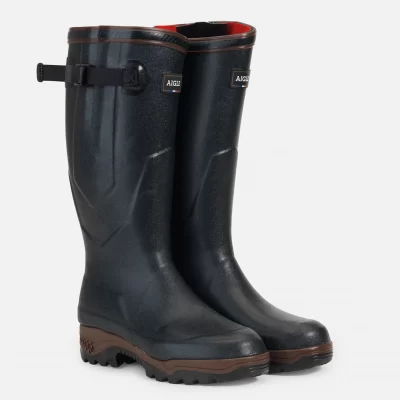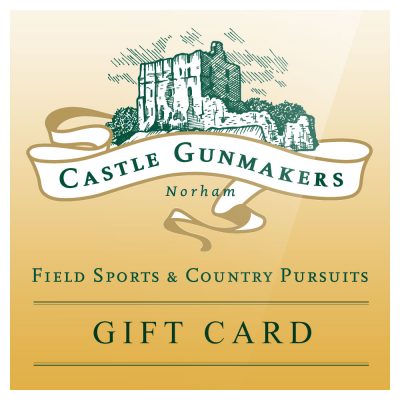
How field sports can contribute to conservation
The Game & Wildlife Conservation Trust (GWCT) and Savills Research have recently released their 2015-2016 Shoot Benchmarking Survey. This survey highlights how shooting contributes to conservation plus outlines how shooting has increased in profitability over the last year.
The survey gathered data from 141 different shoots, including information about costs, salary, performance, and conservation activities. According to the data, 97 percent of all those surveyed provided gamebirds with feed once the season ended. Another 55 percent voluntarily fed birds.
That’s not all shooters do to help conserve wildlife. The Campaign for the Farmed Environment and other programs help keep wildlife numbers up and environments healthy. The survey showed that 16 percent of shooters participate in programs such as this. Another 70 percent of survey respondents stated that they only shot over land that has been deemed agri-environment habitat improvement areas.
Shooters also help conserve the environment. Sixty-nine percent stated that they had planted trees within the last ten years, adding 41 acres or more per shoot. Eighty-nine percent reported that they have created field corners or buffer strips.
Profitability for shooting is also up, as is game shooting popularity, and this also helps the local economy. Bookings have increased, while shoot charges have also increased. On average, shoots now charge 4.6 percent more than they did last year. About 50 percent state that they plan to increase their rates again next season.
Andrew Teanby, a member of the Savills Research team, noted that the main factor that determines whether or not the shooting industry is profitable is the amount of expenses that are fixed. This is especially true in terms of staff.
However, rather than trying to cut staff positions or pay, shoots are actually increasing how much full-time headkeepers are paid. This is especially true on those shoots that are profitable. Of course, as their salaries increase, their responsibilities do as well. Headkeepers often have more birds to manage and look after on those shoots that are profitable. Overall, headkeepers earned 5.7 percent more than was reported in the 2014-15 survey. More headkeepers are receiving pensions now as well: 59 percent in 2016 have pensions, a small increase of four percent over last year.
Other factors that determine profitability include the number of let days, the size of the bag, the returns, and how much is charged per bird. The more profitable shoots typically last more days and allow for larger bag sizes.




